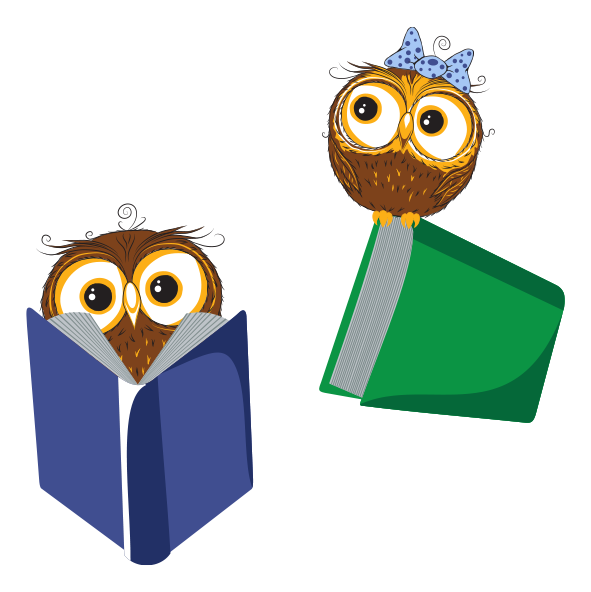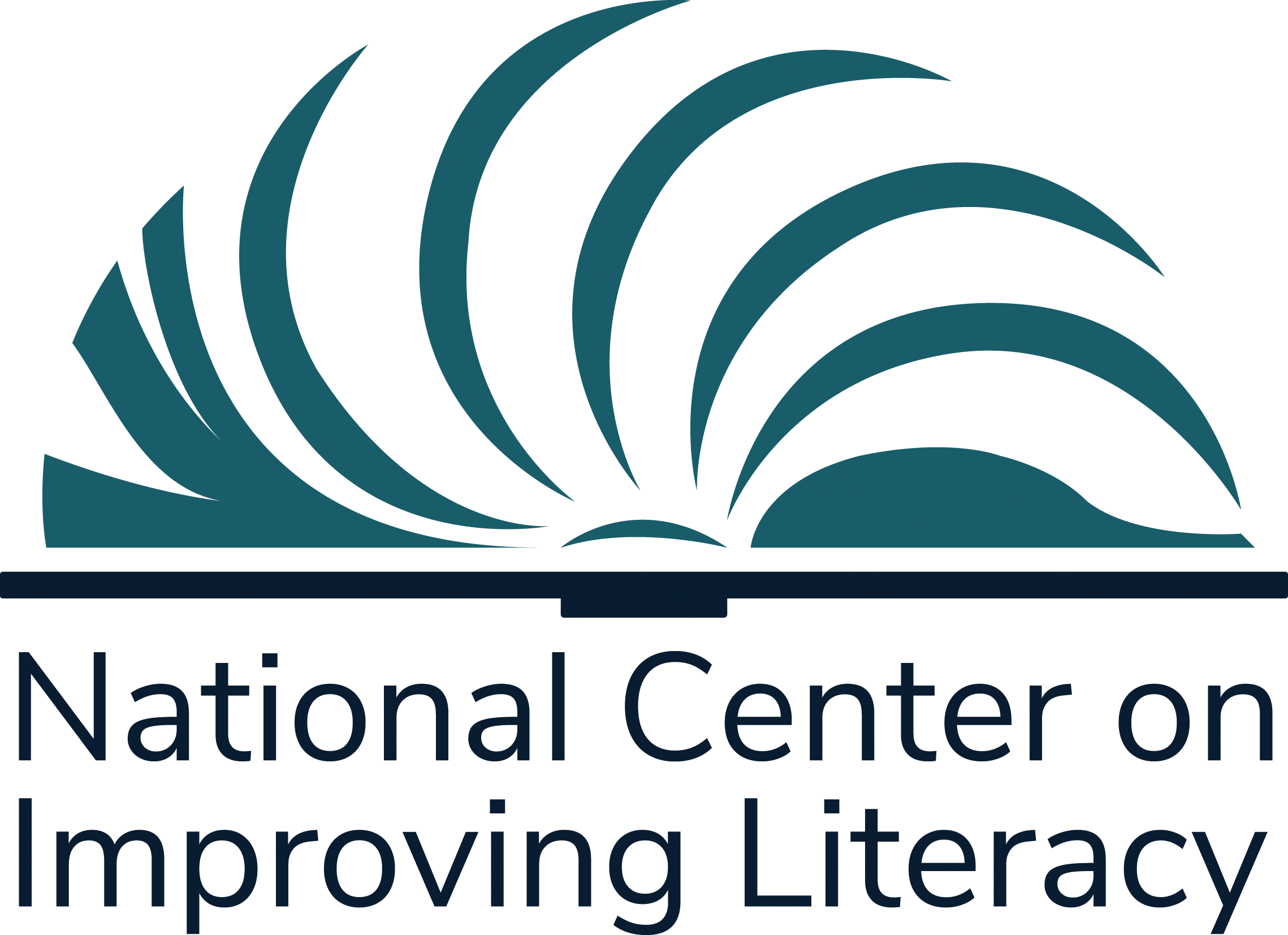The Grande Innovation Academy Book Share Program
All Kindergarten-2nd Graders at the Grande Innovation Academy will participate in our Book Share Program. The program is simple!
- Each week your scholar will receive a book to take home.
- The book will be chosen based on your scholar’s reading level.
- As he/she grows throughout the year the book level will change.
- Scholars are very excited to receive a new title each week and share it with parents and other family members.
- The book must be returned each week in order for a new title to be handed out.

Five Strategies for Introducing New Read Aloud at Home
New Read Alouds at Home Means New Learning
The thing about spending time to complete the five strategies for introducing new read aloud as stated above is this… it takes time.
And sometimes you feel crunched and pressured and you don’t feel like you have any extra time.
You can’t skip these steps.
Even if you are only using one of the strategies below to keep your scholars’ mind from wandering elsewhere before you even begin reading you’ll see improvement.
You will find your scholar interacting more with the story as they read, and developing deeper interests in new topics. And you will find as a result, they will become better readers too!
#1
Look at the Book Cover or Title IllustrationLook at the Book Cover or Title Illustration
Before you ever ask your scholar to just turn to page x to begin reading the story, you must prepare them for what they are to learn from the text.
Ask your scholar to study the cover of the book or the image on the title page. What do they notice? To get the conversation started, try asking the following kinds of questions:
- What is happening?
- Does it look like the story will be fiction (make-believe) or nonfiction (real)?
- When have you seen something like this before?
- Explain what the picture looks like.
- Does the illustration or picture seem to match the title of the story? Why or why not?
- What does the title tell us about the story?
- Do the image and title remind you of anything you have experienced?
#2
Open to the Story and Read the PicturesOpen to the Story and Read the Pictures
The illustrations or pictures included in a story, whether it be fiction or nonfiction, are incredibly important.
Printing images is costly, so if a publisher decides to include specific illustrations or pictures, it is a deliberate decision. They must add to the story. So, before you begin a new read-aloud take a moment to ask your scholar what they can learn from the pictures.
Some educators call this a picture walk. Some just call it previewing the text.
Whatever the name you assign, take the time to draw your scholars’ attention to important images that may give away bits and pieces of what they can expect from the story. In fiction stories, this may be plot elements, while in non-fiction it may be picture captions and diagrams with labels.
#3
Discuss Possible Predictions and Make a List of QuestionsDiscuss Possible Predictions and Make a List of Questions
Making predictions and asking questions are two reading strategies that most reading curriculums formally teach, and they are both things that active readers naturally do.
Many teachers won’t touch on these strategies until they read the story with their scholars, however, starting them before the text is ever read allows for deeper discussion throughout the reading as well as following the reading.
Invite your scholar to make predictions as well as write down any questions they might have from previewing the pictures and the text.
#4
Introduce New Vocabulary and ConceptsIntroduce New Vocabulary and Concepts
The text selected for scholars is often at their instructional level, which means that children need scaffolding and support as they attempt to read it.
One way teachers minimize the frustration or boredom some scholars experience is by introducing them to new vocabulary and concepts before reading the text at all. This is especially true of non-fiction text as well as historical fiction.
#5
Relate Concepts to Scholars’ Background Knowledge and Personal ExperiencesRelate Concepts to Scholars’ Background Knowledge and Personal Experiences
To really get your scholar interested in a selected text, it is imperative to compare the concepts in the story to their personal experiences and background knowledge.
This gives a feeling of confidence as they begin actually reading, making them feel they already have a connection with the characters or concepts. Of all of the steps, this one cannot be skipped.
National Center on Improving Literacy
Families are partners in your scholar’s learning!
Remote literacy learning is a collaboration among schools, families, and scholars. Parents have an important role in helping their scholars learn. But interacting with, guiding, and coaching your scholar, he or she will succeed and grow their foundational reading skills.
Your scholar benefits when you and the school work together to support his or her literacy development.
Working together promotes faster development and catches trouble spots early. The National Center on Improving Literacy is your source for improving outcomes for students with literacy-related disabilities, including dyslexia.
MUSIC
Ask your scholar about their favorite songs, and start each day with music based on their requests.
GOALS
What’s the big idea your scholar needs to learn? Does your scholar understand the goal? Discuss what is already known about the topic or task.
THINK ALOUD
When you show your thinking, it helps your scholar see how to tackle problems and answer questions. Say, “I see that…” or “First, I look for…”
Read on Arizona
Reading is vital to a child’s ability to learn and be successful in school. Early at home reading and literacy activities will help your scholar grow, progress, and discover the joys of reading. Read On Arizona is a statewide organization committed to creating an effective continuum of services to improve language and literacy outcomes for Arizona’s children from birth through age eight.
Click on the icon for information regarding the early literacy guidelines for families.






